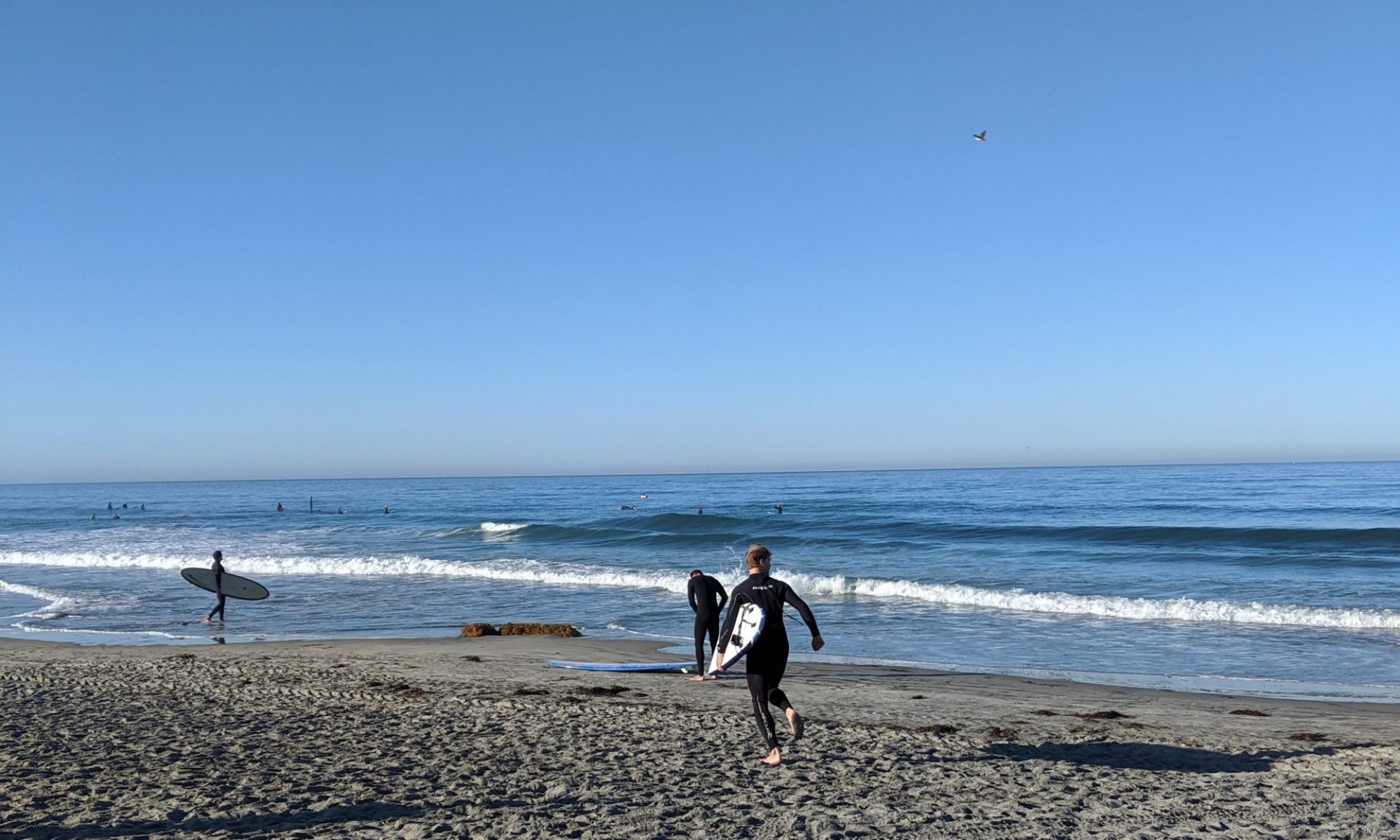The latest issue of the Computer Music Journal (MIT Press) includes an article on the Spatial Sound Description Interchange Format (SpatDIF) by Trond Lossius, Jan Schacher, and myself, entitled “The Spatial Sound Description Interchange Format: Principles, Specification, and Examples”.
SpatDIF, the Spatial Sound Description Interchange Format, is an ongoing collaborative effort offering a semantic and syntactic specification for storing and transmitting spatial audio scene descriptions. The SpatDIF core is a lightweight minimal solution providing the most essential set of descriptors for spatial sound scenes. Additional descriptors are introduced as extensions, expanding the namespace and scope with respect to authoring, scene description, rendering, and reproduction of spatial sound. A general overview presents the principles informing the specification, as well as the structure and the terminology of the SpatDIF syntax. Two use cases exemplify SpatDIF’s potential for pre-composed pieces as well as interactive installations, and several prototype implementations that have been developed show its real-life utility.


